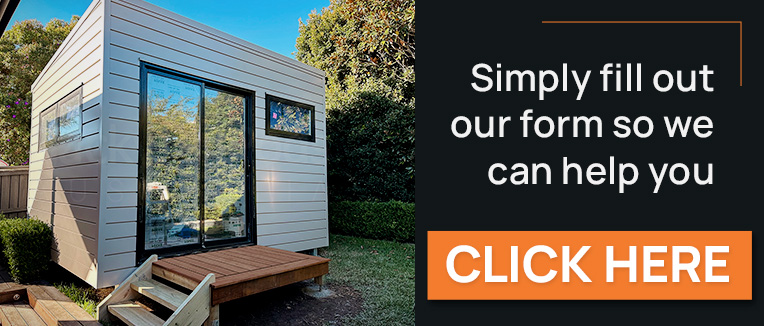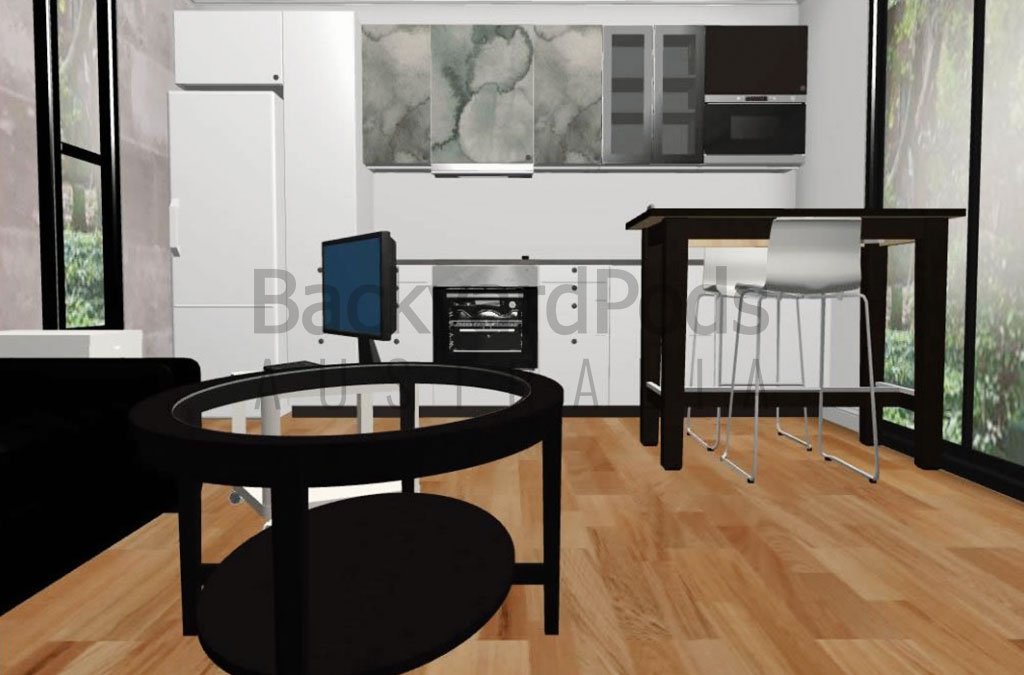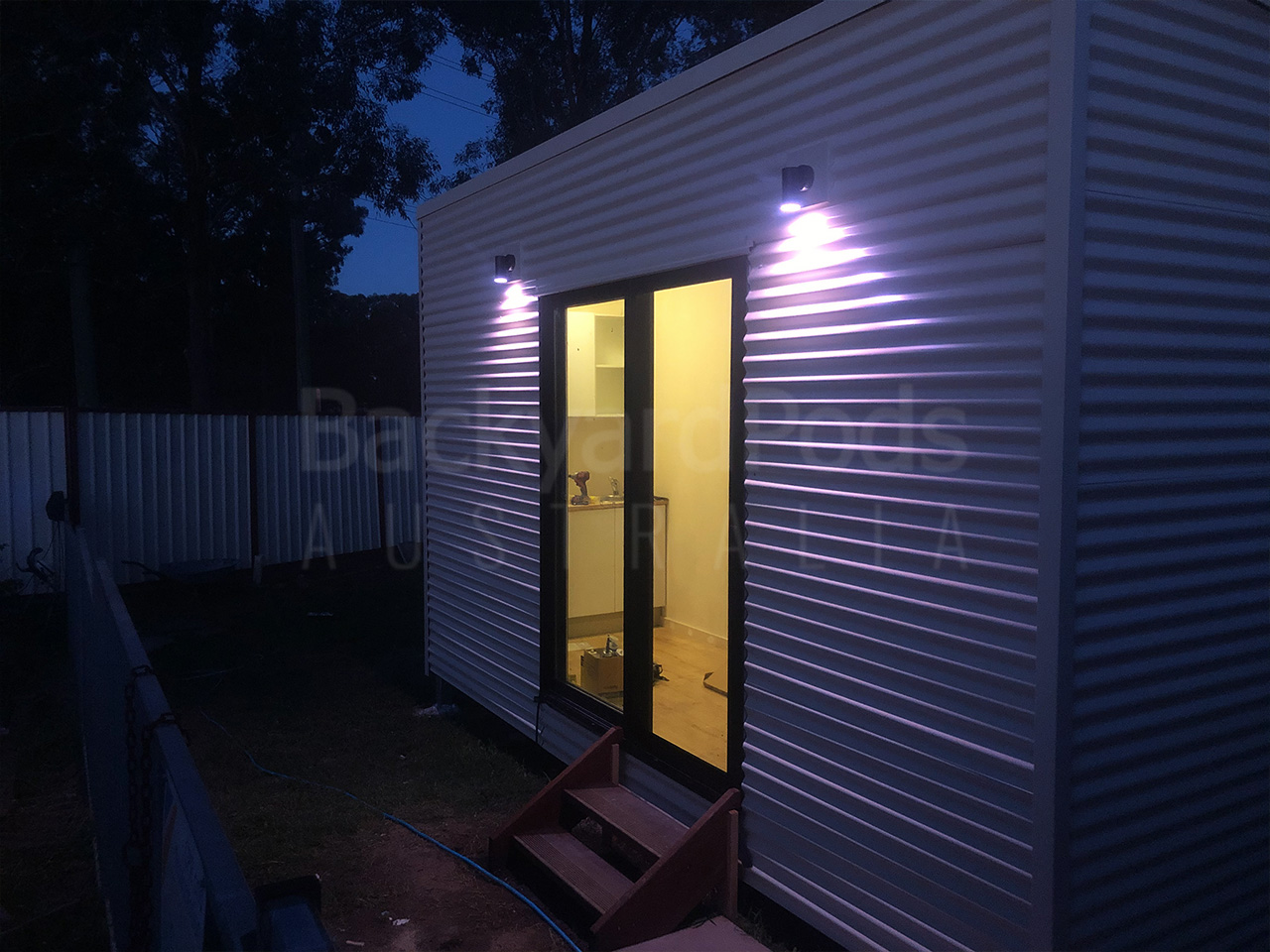New livable housing design compliance explained
New livable housing design compliance guidelines are being imposed on new builds, home extensions, and renovation projects (starting with QLD and rolling out through other states). The ultimate intention of these new regulations is for all homes and habitable spaces to be accessible for people using wheelchairs, walking frames, etc. These changes will also affect granny flats, home offices, and backyard studios going through the approval process as a secondary dwelling or detached home extension.
Rule #1 step-free access path
For most projects, having a step-free access path will involve building a ramp within specific gradient tolerances. The ramp may be straight or have corners but must have minimum 1200 x 1200mm landings for maneuverability and railings for safety where applicable.
Rule #2 clear door-opening widths
To allow for wheelchairs and walking frames, the minimum clear opening width of external access doors must be 820mm (with a smooth entrance threshold) and 825mm clear width for internal doors. Hallways and passageways must have 1000mm clear width.
Rule #3 accessible bathrooms
See specification template for more details on wall reinforcement but essentially, there must be adequate circulation space around any toilet and step-free (hobless) access to any shower.
Other rules
If you’re going through the building approval process via Backyard Pods, the architect will explain to you if your project will need to comply with livable housing design guidelines and what will be involved in having your project satisfying any requirement for compliance.
Seeking exemption
If your project is affected by livable housing design regulations but the specifications cannot be met in practical terms, you may apply for a relaxation of the rules. It’s important to note, however, that exemption is rarely granted. Perhaps today, all the members of your household and your household visitors are relatively young and able-bodied, but this cannot be relied upon forever. With an aging population, the government is mindful that greater home accessibility will be required in future to keep people living in their homes for longer. This is especially true with granny flat developments that are intended to accommodate senior family members for the longer term.
See granny flat examples for more
If you need more information about livable housing design standards for your project, get in touch with us.
Examples by purpose
Projects by email
Sign up to our newsletter for latest project examples - we won't spam you and you can unsubscribe at any time.












